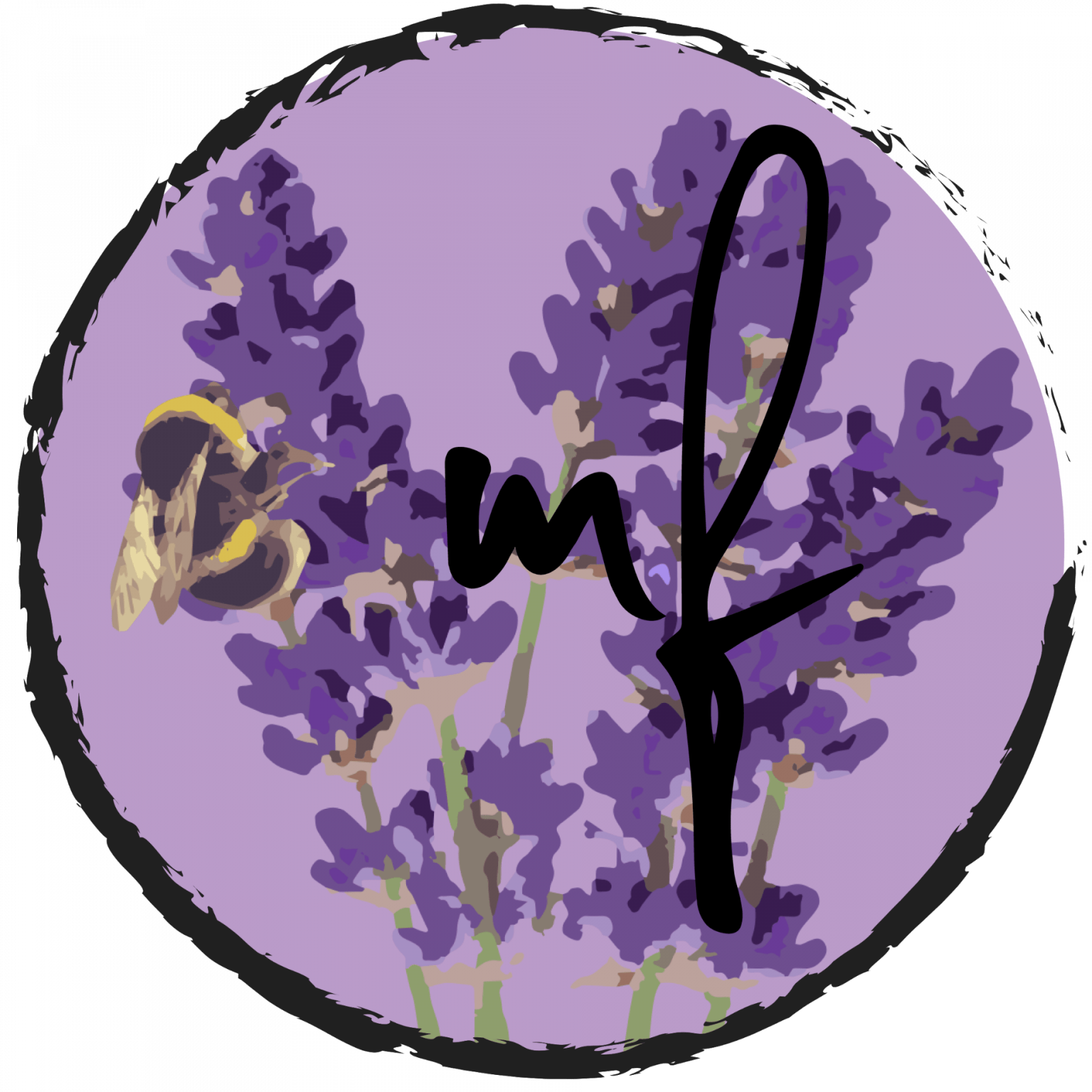Typography 101
Typography is one of the more important elements of design. It’s a form of communication and expression, that has been around for thousands of years from all over the world.
As of today, 95% of the information on the web is a written language, hence why it’s important for us as Interaction design students to learn about typography and its importance in design.
We started off by talking about the works of the famous typographers Willi Kunz, Jan Tchichold, and Wolfgang Weingart, as well as their influences that changed the world of typography.
Breaking the supposed rules of typography, having innovative ideas, and being playful with what they had to work with creating a new era of design in typography. Not only was it only used to communicate, but also to create graphic elements using letters. Experimenting with what they had at hand left us with masterpieces that influence designers of today.
We also covered the basics of typography, like what makes a Sans Serif a Sans Serif typeface, when and how to use a grid as well the importance of how to properly align and measure the text when designing. There are several ways to format text when adding type into a website, article, or book. Elements like how many characters there are on each line of text as well as how much spacing there is between the paragraphs and so on.
We can express ourselves with typography in many different ways, using many different forms, shapes, sizes, etc. Different font types give certain characteristics to the text.
During our class, we were given several different tasks to do, we were first asked to play with letters, inspired by Weingart, and different ways to play around and portray letters in graphic design. We were asked to start off with one letter, when we were done with that task we were asked to merge and play around with several letters. Here are my following designs for this task.


We were also given the opportunity to play and experiment with the Dry transfer medium, which is used in several forms of design. The Dry transfer in this case was a sheet of letters of different typefaces, which was on a transparent paper, where you would rub the letter onto a piece of paper with any solid object so the letter you rubbed would transfer onto the paper. Here are my creations using that medium.


Lastly, we were given a piece of text to design using a few more graphical elements also using the grid technique. The grid technique is important in graphic design because it gives it structure. It’s a method used by several old masters in design.
Here is my contribution to our last task.

I wanted to add some sort of graphical element to my poster, so I chose to go minimalist and added a single circle to create a subtle detail.
Summary
Typography is used everywhere all the time, it’s how we share information with one and another. After learning about the basics I realized that I have underestimated how much time and effort that is put into the text we read every day. I also learned the differences between typefaces and how they can be used to express and portray different feelings in design, using both text and graphic design.
Learning about how typography was also used in design projects back in the day and how it created a whole new era of design using type other elements really made me understand the importance of being playful and creative, using what you got to create new things that may or may not be game-changing.
